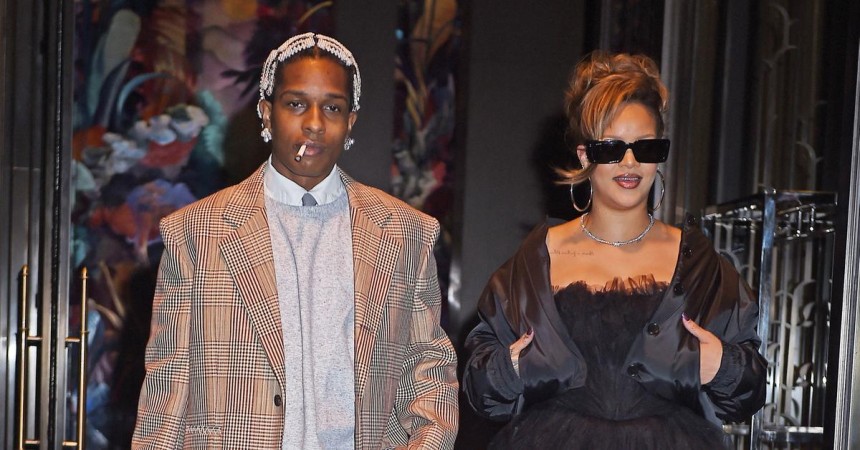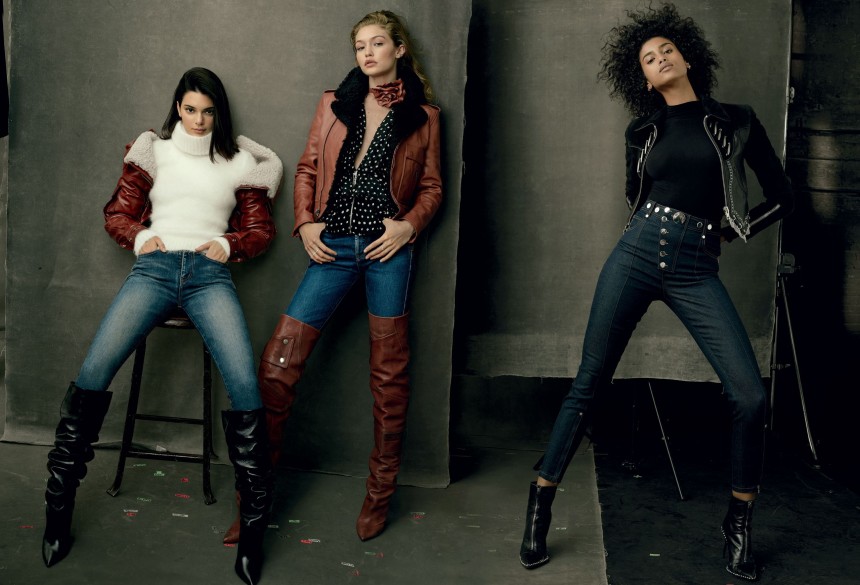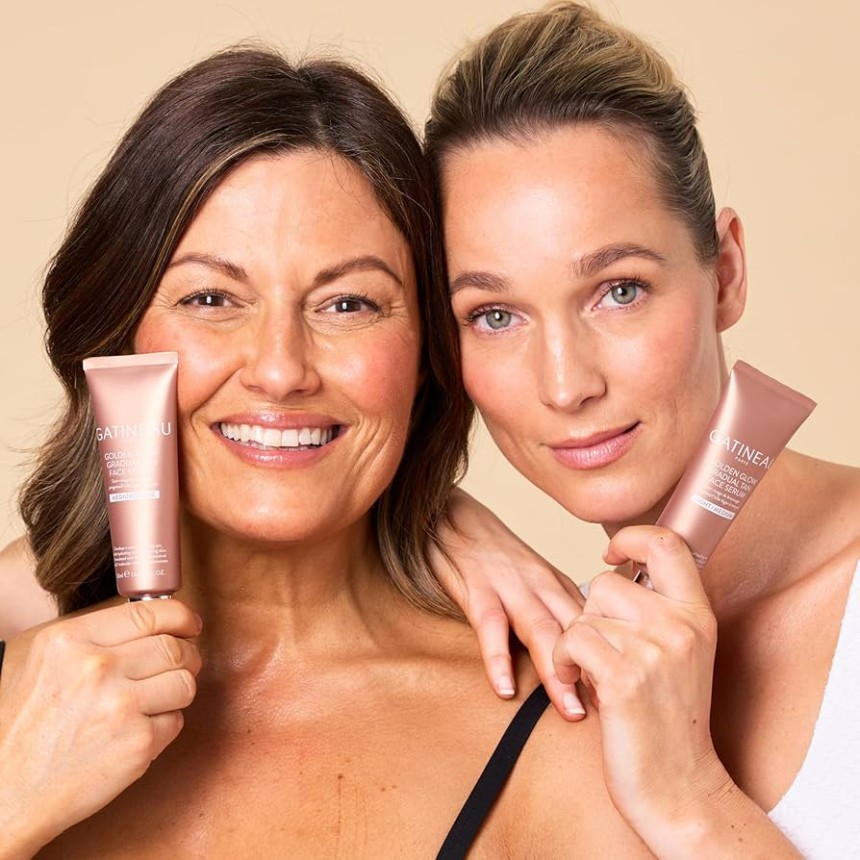
Is It Possible to Get a Responsible Tan? The Golden Glow's Difficult Return
From sunburn blush to SPF skepticism the reasons we continue to play with the sun despite knowing better.
To be honest, we believed that tanning had been canceled. It seemed as though we had all sworn off the sunbed and the hot beach sleep due to decades of public health campaigns, dermatologists flashing biopsy pictures, and whole beauty movements centered around SPF 50 and a mineral shield.
However, something odd and a little unnerving has been going on lately.
A Bronze Resurrection?
The head of the "Make America Healthy Again" campaign and current Secretary of the U.S. Department of Health and Human Services, Robert F.
The photograph alone rekindled a debate we thought had been put to rest: is tanning back? His team could not clarify whether he had been sprayed with a tan, had been exposed to bulbs using a "Deep Dark Intensifier," or was on official government business.
And not only in the realm of politics. On TikTok, there is a new blush fad that imitates a sunburned flush yes, purposefully red cheeks and noses. At Chloé's Spring/Summer 2025 show, models wore tan lines with pride, as if they were badges of glory. Meanwhile, there is a disturbing surge of SPF skepticism on the internet. DIY sunscreens with dubious components and no dermatological support are being promoted by influencers. Amidst all of this, melanoma, one of the cancers that can be prevented the most, is silently rising.
What actually is happening, then? Is it possible to get a tan without jeopardizing the long-term health of your skin?
The Sun-Kissed Look's Allure

Tanning has a lot of cultural connotations. In a society that is becoming more and more confined to screens and climate control, a golden glow hints at leisure, energy, and time spent outside something aspirational. For many years, having bronze skin was a sign of youth, health, and even defiance. Your sun-kissed appearance conveys a sense of carefreeness. that you take a vacation. The fact that you are literally radiant.
The paradox is that your skin is begging for assistance because of that very radiance. In essence, a tan damages your body's desperate attempt to produce melanin in order to protect itself from UV rays. There is proof that damage has been done, even to the lightest bronze.
Myths surrounding the "Safe Tan"
Many people still think that gradual tanning is harmless, especially when done in controlled settings like a sunbed or on a gloomy afternoon. It isn't. UV radiation, whether from the sun or a tanning bed, can occasionally cause irreversible damage to the DNA in your skin cells. The World Health Organization lists indoor tanning as a recognized human carcinogen. Nevertheless, tanning salons still exist, and customerssome aware, some unaware continue to come in.
Even spray tans have drawbacks, even though they are less harmful to the skin. That fake glow is created by the active component, dihydroxyacetone (DHA), reacting with the skin's amino acids. However, it may be harmful, particularly to respiratory health, if inhaled while misting, which frequently occurs in unventilated booths. It does not cause cancer in the same manner.
Sun Myths and SPF Skepticism
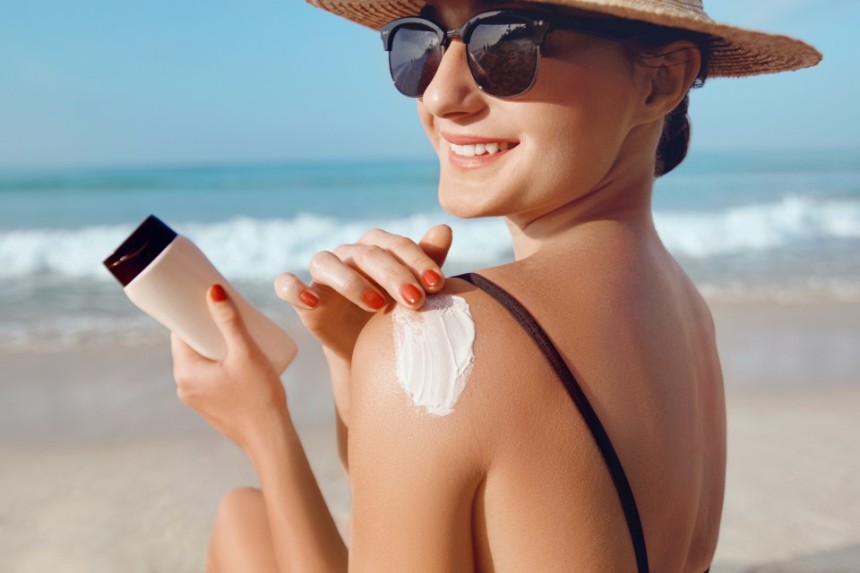
SPF misinformation, on the other hand, is a more subtle and sneaky trend that is gaining traction. The safety of traditional sunscreens is being questioned by certain influencers who claim that they contain "toxic ingredients" or inhibit "vital" vitamin D. In actuality, experts everywhere concur that broad-spectrum sunscreen is essential in addition to being safe. Homemade sunscreens, which are frequently produced from essential oils, coconut oil, or powdered zinc oxide, are very inconsistent and can leave your skin vulnerable.
A strange cultural mashup results when we combine the emergence of aesthetic trends that romanticize sunburn with the knowledge that the sun is harmful yet nevertheless desire to appear as though we have spent the entire weekend in the sun.
So… Is It Possible to Tanning Responsibly?
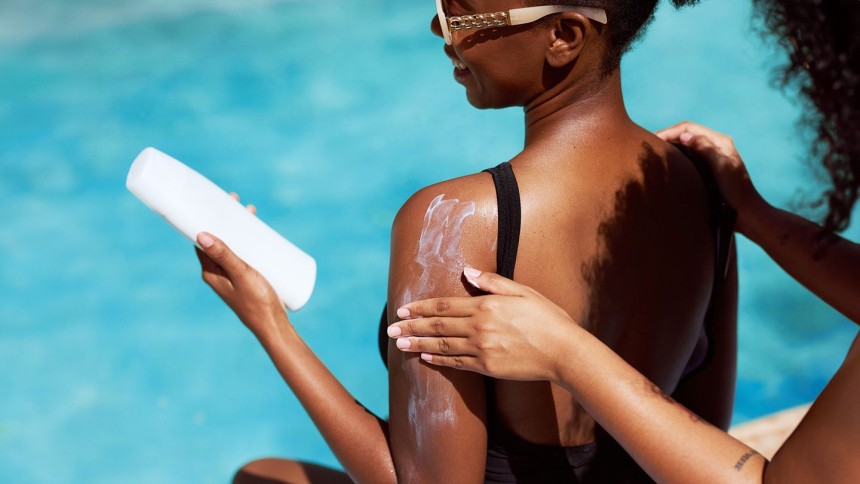
Let us be honest: avoiding the sun completely is the only way to achieve that golden glow in a responsible manner. Choose mousse-based formulas or sunless tanning lotions that do not pose a risk of inhalation. If at all possible, avoid spray booths and apply them in an area with good ventilation. Additionally, apply sunscreen indoors near windows and even on overcast days.
Protect your skin as if it were your life if you do wind up in the sun because, to be honest, it might. Reapply a broad-spectrum SPF of 30 or higher every two hours.
Yes, you can still look effortlessly breezy with zinc sunscreen and a bucket hat.
The Bottom Line
Deeply rooted beauty ideals, vanity, and nostalgia all play a part in our fascination with tanning. But beautiful skin doesn’t have to come with long-term damage. There are more secure ways to pursue aesthetics without risking negative outcomes.
Robert F. Kennedy Jr., what about him? He has rekindled a worthwhile conversation, regardless of what he was doing at the tanning salon spray, bed, or bureaucratic diversion.
Because no matter how bronzed your skin looks now, true health? That always begins at the bottom.



